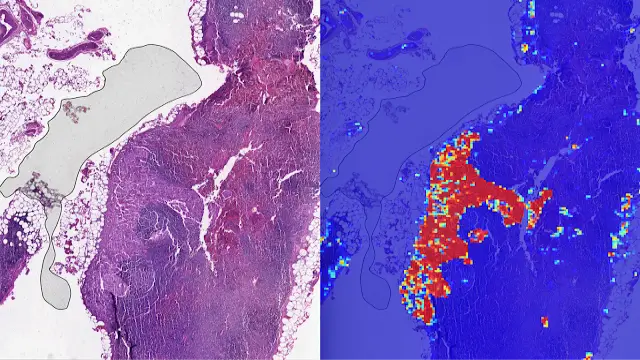Scientists in the Russian area of Siberia have managed to resuscitate a 48,500-year-old zombie virus.
Zombie virus Climate change is upsetting the ecological balance, and the melting of ice that has been frozen for thousands of years is becoming a new problem for humanity. Against this background, scientists discovered a 48,500-year-old zombie virus at the bottom of a freshly frozen lake. At the same time, two dozen new viruses have been identified. The Siberian region of Russia is covered with snow for many days of the year. Here, European researchers collected and tested samples collected under layers of ice, identified and classified 13 types of harmful microbes.
They are considered zombie viruses. It is known that although they have been dormant for millennia, they have not lost their pathogenic power. Scientists have long warned that rising temperatures due to high consumption of carbon emissions are causing ice caps and glaciers to melt faster, releasing previously trapped greenhouse gases such as methane, and further impacting climate change.
However, it is not clear what effect this has on ancient dormant viruses. Scientists from Russia, Germany and France took part in the study. Researchers fear that if this super-frozen ice melts and zombie viruses enter the atmosphere, it could become a serious problem for animals and humanity. How long are they pathogenic after entering the external environment? How to deal with them? What are the vectors between these viruses and humanity? It’s still impossible to predict. He noted that the threat posed by them is impossible to predict.
The researchers analyzed the melting of the Arctic ice sheets due to global warming and population growth due to industrialization. Thus, this zombie virus, frozen under the ice for thousands of years, came out and became a threat. The Pandoravirus Yedoma appeared 48,500 years ago. In 2013, the same team discovered a 30,000-year-old virus… and now it has broken that record. The results of the study are published in the journal Repository Bioreactive.



















